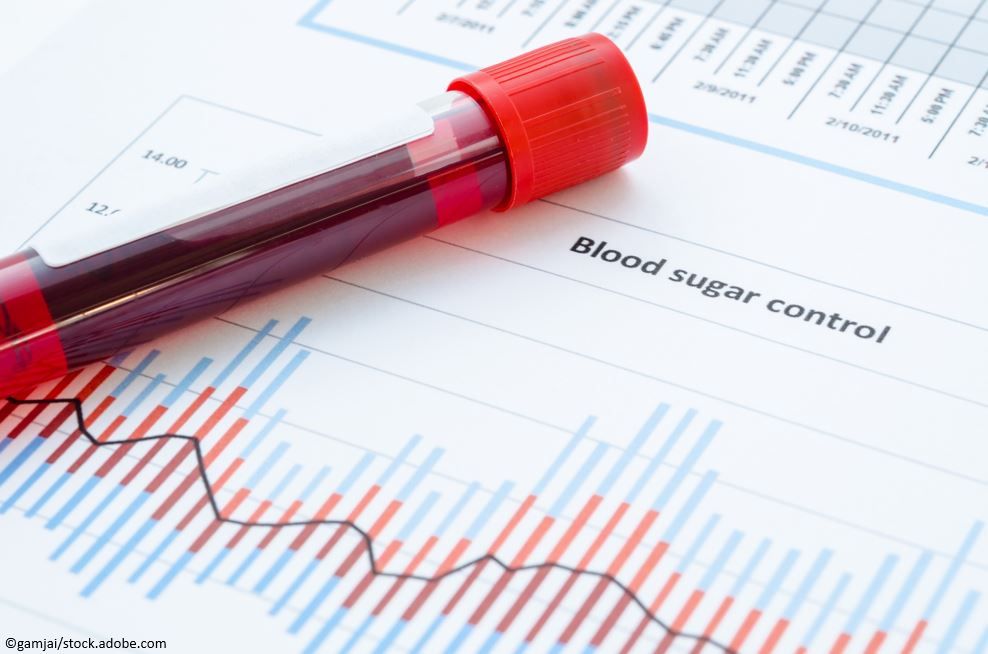- Clinical Technology
- Adult Immunization
- Hepatology
- Pediatric Immunization
- Screening
- Psychiatry
- Allergy
- Women's Health
- Cardiology
- Pediatrics
- Dermatology
- Endocrinology
- Pain Management
- Gastroenterology
- Infectious Disease
- Obesity Medicine
- Rheumatology
- Nephrology
- Neurology
- Pulmonology
Empagliflozin Reduces HbA1c, FPG in Pediatric Population with Type 2 Diabetes
The sodium glucose cotransporter-2 (SGLT-2) inhibitor empagliflozin (Jardiance, Eli Lilly), in a phase 3 clinical trial was associated with a statistically significant reduction in HbA1c and a clinically meaningful reduction in fasting plasma glucose in a population of youth aged 10 to 17 years living with type 2 diabetes (T2D).

Specifically, when empagliflozin was added to other baseline treatments (diet, exercise, metformin and/or insulin) in the phase 3 DINAMO trial, HbA1c was reduced by 0.84% compared to placebo when the study cohort was evaluated after 26 weeks of treatment. According to Eli Lilly and empagliflozin codeveloper Boehringer Ingelheim, empagliflozin is the first drug in the SGLT-2 inhibitor class to significantly reduce A1c in a pediatric population. The results were announced on December 7, 2022, in a statement from Lilly.
Safety data in this juvenile population were similar to that seen in empagliflozin trials in adults with T2D.
"Across the lifespan, we know that people living with type 2 diabetes have a high risk for many diabetes complications, so it's important to recognize and treat diabetes early in its course," said Lori Laffel, MD, principal investigator of the DINAMO study and chief of the Pediatric, Adolescent, and Young Adult Section at the Joslin Diabetes Center and professor of pediatrics at Harvard Medical School, in the Lilly statement.
T2D in young persons is a global health issue, with more than 41 000 new cases identified every year, added Lykke Hinsch Gylvin, MD, chief medical officer at Boehringer Ingelheim. "The clinically meaningful benefit and consistent safety profile demonstrated with Jardiance in the DINAMO trial is an encouraging outcome for the vulnerable population of children and adolescents."
"The clinically meaningful benefit and consistent safety profile demonstrated with Jardiance in the DINAMO trial is an encouraging outcome for the vulnerable population of children and adolescents."
The DINAMO findings are all the more important, Laffel continued, because treatment options for young people with T2D, and particularly oral options, are needed. Currently “metformin is the only globally available oral treatment for youth."
DINAMO (DIabetes study of liNAgliptin and eMpagliflozin in children and adOlescents) included youth aged between 10 and 17 years with T2D and HbA1c ≥6.5% and ≤10.5%.
Investigators screened 262 potential participants with the final cohort selected numbering 158. The group was randomized in a 1:1:1 fashion to receive empagliflozin (10 or 25 mg) (n=52) linagliptin 5 mg (n=53), or placebo once daily.
All participants were treated with diet and exercise plus metformin and/or insulin or no pharmacologic agent if metformin intolerant. The study’s primary endpoint of interest was change in HbA1c at 26 weeks. Researchers also identified multiple secondary endpoints evaluating safety.
DINAMO investigators found that use of empagliflozin was associated with a 0.84% reduction in HbA1c relative to placebo at week 26 (95% CI –1.50 to –0.19; P=.012). Linagliptin was not associated with a statistically significant reduction in HbA1c compared with the placebo intervention, with a numerical reduction observed of 0.34% (P=.2935), according to the Lilly statement.
When they evaluated secondary endpoints Laffel and colleagues found empagliflozin was associated with a 35.2 mg/dL reduction in fasting plasma glucose (P=.0035).
“The rise in the prevalence of type 2 diabetes in the pediatric population highlights a clear unmet need,” said Jeff Emmick, MD, PhD, vice president, Product Development, Eli Lilly & Company. He added that recruitment and design of pediatric trials present significant challenges, making the DINAMO outcomes a positive step toward continued improvement in the lives of “people living with cardio-renal and metabolic conditions such as type 2 diabetes.”
Laffel LM, Danne T, Temborlane WV, et al. DINAMO-Diabetes study of linagliptin and empagliflozin in children and adolescents. Presetented at the International Diabetes Federation World Diabetes Congress 2022; Lisbon, Portugal; December 5-8, 2022.
